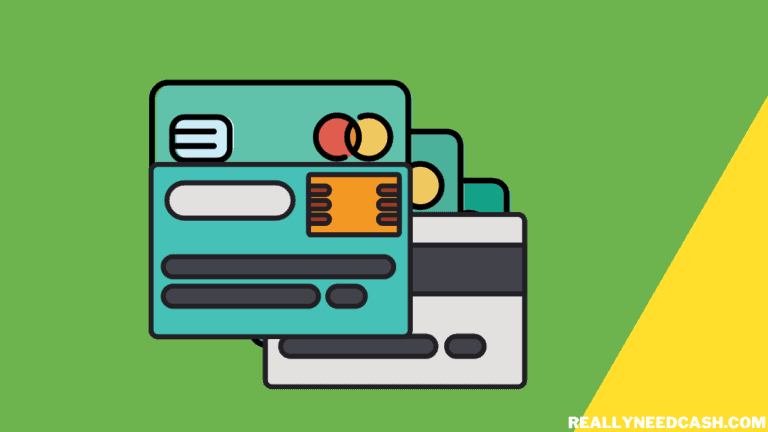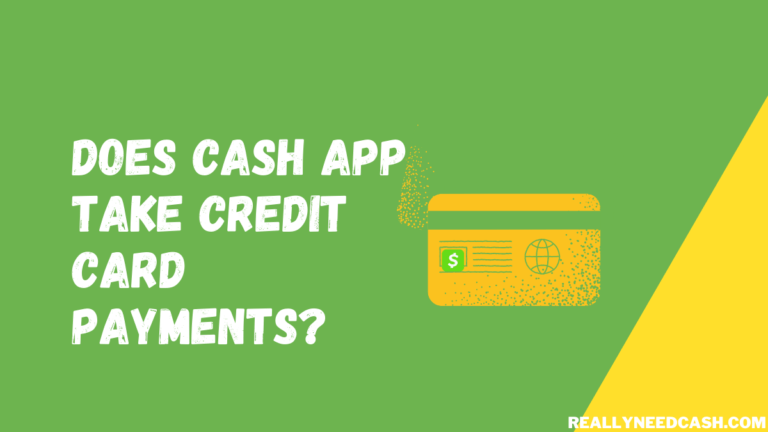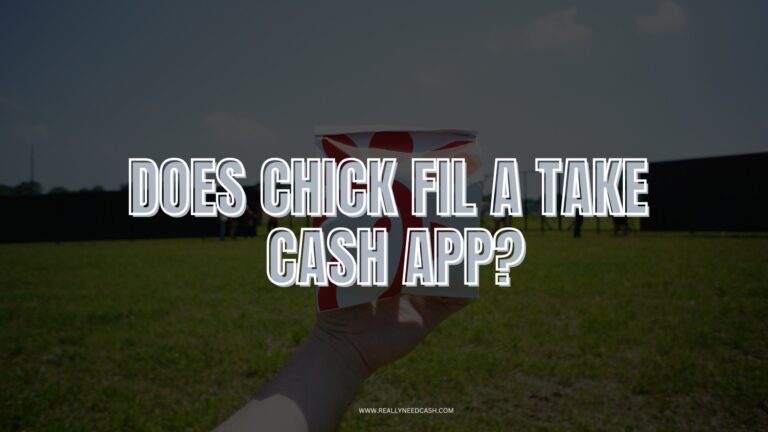Understanding the Causes of Cash App Transfer Failures
There are several reasons why transfers on Cash App might fail. Identifying these causes is essential for resolving the issues quickly. I’ll delve into some of the most common problems, including account verification, technical challenges, and security measures.
Verification and Account-Related Issues
One common reason for a failed transfer is related to account verification. If your Cash App account isn’t verified, you may face limits on transactions. I often recommend checking that your account is fully verified. You can verify your identity by providing your phone number, linking a debit card, or entering your $Cashtag.
If your account is newly created, it might not have the same privileges as a verified account. For instance, unverified accounts have a lower cash app limit. Users may also experience issues with their linked financial institution. If there’s a problem with the bank, the transaction will likely fail. Always ensure that your account information is accurate and up to date.
Technical Challenges and Connectivity Problems
Technical issues often lead to transaction failures on Cash App. One of the most frequent causes is a poor internet connection. If my internet is slow or unstable, I can expect disruptions during transactions. It’s a good idea to check my Wi-Fi or switch to mobile data if needed.
Sometimes, Cash App’s servers might not respond. That’s why it’s useful to check the Cash App website or social media for any outage announcements. Additionally, running an outdated version of the app can also create obstacles. Keeping the app updated ensures better functionality. Finally, using a VPN while accessing Cash App can interfere with connections. I generally avoid that to keep my transactions smooth.
Security Measures and Fraud Prevention
Cash App has robust security measures to protect users from fraud. If the app detects suspicious activity, it might block a transfer automatically. This feature is designed to prevent fraudulent transactions, so it’s important to monitor transaction history regularly. If I notice anything unusual, I should take immediate action.
Entering the correct PIN or using Touch ID is critical for completing transactions. If I enter incorrect details too many times, it can lead to a failed transfer. Cash App also encourages users to report any unauthorized activity quickly. Protecting my account is essential, and being proactive can prevent transfer failures.
By taking these steps, I can avoid the common pitfalls that lead to cash app transfer failures.
Resolving Transfer Issues and Getting Support
If you’re facing problems with Cash App transfers, there are steps you can take to fix things. I’ll cover some troubleshooting methods and how to reach out for support when you need more help.
Troubleshooting Steps and Updating the Cash App
First, I recommend checking your app for updates. Sometimes, using an outdated version can cause errors. Go to the App Store or Google Play Store and search for Cash App. If there’s a new version available, update it.
Next, check your internet connection. A poor connection can disrupt your transfer. If you’re on Wi-Fi, try switching to mobile data or restarting your Wi-Fi router.
It’s also a good idea to restart your device. This simple step can solve many glitches. If the problem continues, ensure your bank account or debit card linked to Cash App has enough funds. A lack of funds can cause transactions to fail.
Contacting Cash App Support for Assistance
If you still need help, contacting Cash App support is the next step. You can reach them directly through the app. Just tap on the profile icon, then select “Cash Support.”
Be clear about your issue. Describe when and how the error occurred. They can provide specific help based on your situation. You can also visit their website for more information.
Support is available 24/7, so there’s no need to wait. Remember to have your account details handy for quicker assistance. If the problem is complex, they may guide you to follow specific steps to resolve it.
Preventive Measures and Best Practices
To ensure smooth transactions on Cash App, it’s important to follow some best practices. By being proactive, I can prevent many common issues. The right measures will protect my funds and make managing my account easier.
Ensuring Financial Security on Cash App
I prioritize my financial security by enabling several key features on Cash App. First, I set up a cash PIN. This adds an extra layer of protection for my transactions. If someone tries to access my account, they will need this PIN.
Additionally, I make sure to link a reliable bank account. It’s important to keep my routing number and account details secure. Regularly checking for suspicious activity helps me catch any fraud early.
Using two-factor authentication is also essential. This ensures that my identity is secure during logins. Lastly, I always update the app to the latest version. This provides me with the newest security features.
Managing Your Cash App Account Responsibly
I handle my Cash App account carefully to prevent transfer failures. One of the first steps is keeping my linked bank account up to date. If my account has insufficient funds, a transfer will decline.
I also regularly review my transaction limits. This helps in avoiding any overdraft fees from my debit or credit card. If my card issuer has restrictions, I need to be aware of them to minimize problems.
Staying informed about anti-money laundering regulations is crucial, too. Knowing these rules helps me understand what might flag my transactions. I also keep track of monthly spending to ensure I have enough balance for important transfers.
Frequently Asked Questions
When using Cash App, it’s common to encounter issues with transfers. Here are some specific questions and answers about why transfers might fail and how to resolve those problems.
How can one resolve a failed transfer on Cash App?
To fix a failed transfer, I recommend checking the recipient’s information carefully. Make sure the account details are correct. If everything looks good, try refreshing your connection or restarting the app. If problems persist, consider updating the app or checking your internet connection.
What causes a Cash App transfer to fail when sending to a bank account?
A transfer can fail to a bank account for a few reasons. It might happen if the linked bank account has insufficient funds or if there’s a problem with the bank’s servers. Also, check if your Cash App is up to date, as outdated versions can cause issues.
How can users address a Cash App payment being declined for their protection?
If Cash App declines a payment for security reasons, I can usually resolve this by verifying my identity. This may involve confirming my personal details or linking a new account. Sometimes, simply waiting and trying again later can also work.
What steps should be taken when Cash App continually declines a transfer for security reasons?
When facing repeated declines, I advise checking the app settings. Ensure that my account is not flagged for unusual activity. Contacting Cash App support can help clarify the reason for the declines and provide further guidance.
What might prevent Cash App from successfully completing a money reception process?
Receiving money on Cash App might fail due to several factors, such as connectivity issues or server problems. If my account is not in good standing or if there are restrictions, this can also affect my ability to receive funds.
Why might Cash App repeatedly decline a user’s payment attempts?
Recurrent declines could result from areas like insufficient funds, issues with my linked bank card, or Cash App’s security measures flagging my activity. Regularly updating my app and checking my account information helps reduce these problems.





